Abandoned Sussex: Boarding School | Urbex
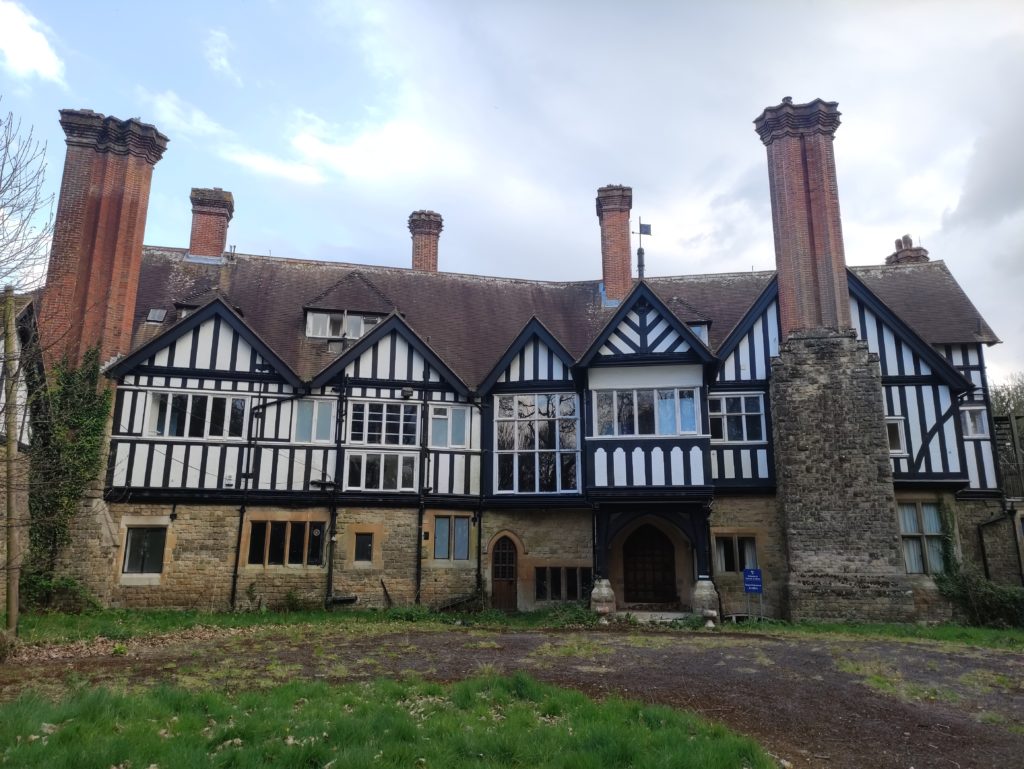
Tucked away in the West Sussex countryside is an empty estate which, until 2019, was used as a boarding school. Three schools have been located on the site since 1939, two of them lasting less than a decade before closing. Over recent years the estate has been involved in scandal and debt and gained much media attention.
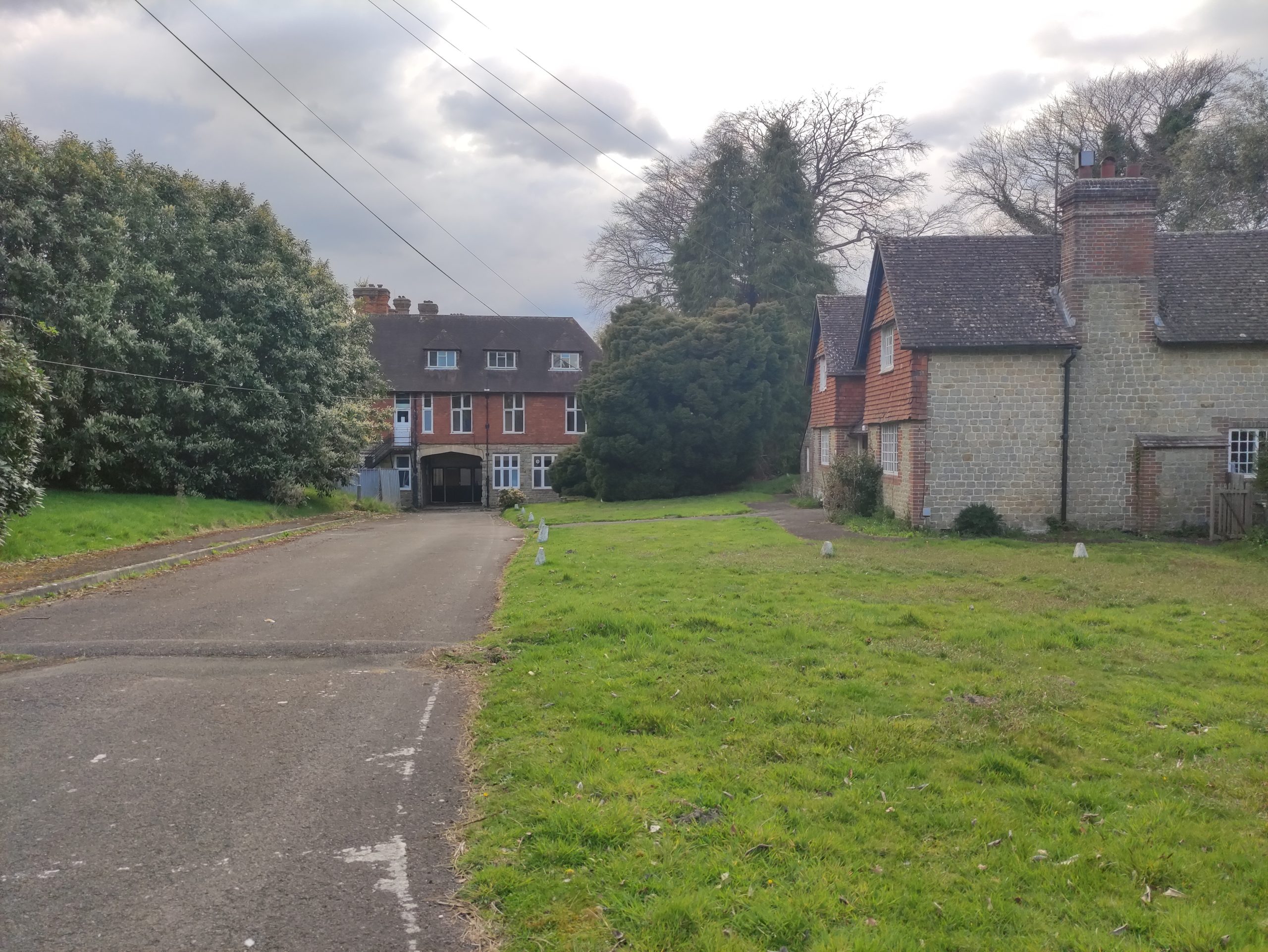

Exploration
Surrounded by the peaceful West Sussex countryside, the boarding school was somewhat tricky to find. Many of the nearby roads are unnamed and there are very few buildings or reference points nearby. It seemed a strange choice of location for a boarding school that ferried its students back and forth from London each week.
From the road we saw a few security cameras pointing onto the entrance road of the school and with a few houses nearby we made our way around the site to find another way in. After navigating our way through a wooded area and trying our best to avoid the brambles we emerged to see a block of classrooms. From the outside you might have thought this was a house owned by somebody who hoarded unusual items. Outside the block was a punching bag, drums and part of a digger. Not what you would expect to see at a school. Once inside this building, we realised it was the science block. The school seemed to close in a hurry. Left behind were a number of valuable items including fume cupboards. The only noticeable thing that had been removed were the interactive whiteboards.



Above the science block were a few music rooms, offices and languages classrooms. The classrooms were tiny, and could only house at most 15 or so students. It was fantastic to see a location in such good condition. There was minimal graffiti and most of it was written on the whiteboards that were left behind. Clearly the temptation is too much when walking past a whiteboard and board pen to avoid writing your name!


We then walked around the estate and headed towards the main building. It seemed that the site was being maintained as the grass had been recently mowed. As we walked past the cottages at the front of the building we noticed that the CCTV camera followed us. So we walked back out of its range and heaved a sigh of relief that the camera was a motion activated rather than somebody watching us. Then we headed to the school building and saw evidence of a swimming pool and changing rooms but no way in. We continued making our way around the perimeter of the manor house to try and find access. There were an array of cameras around the building and it was completely secure. However, this did not stop us appreciating the building itself. It’s a well preserved 19th Century manor house and by peering through the windows we could see original fireplaces and doors.


Once we left the site the way we entered, back through the wooded area, we walked past the entrance and saw a car parked in front of the cottages. Maybe the owner of the cottage had been alerted of the motion outside their property and had come to check it out or perhaps it was just a coincidence. These cottages had been put on the market in 2020. Locals found the decision to sell off the cottages separately from the rest of the property and grounds an unusual one. Personally, I wouldn’t want to live in a cottage just a few steps away from an abandoned manor house in the middle of the countryside.
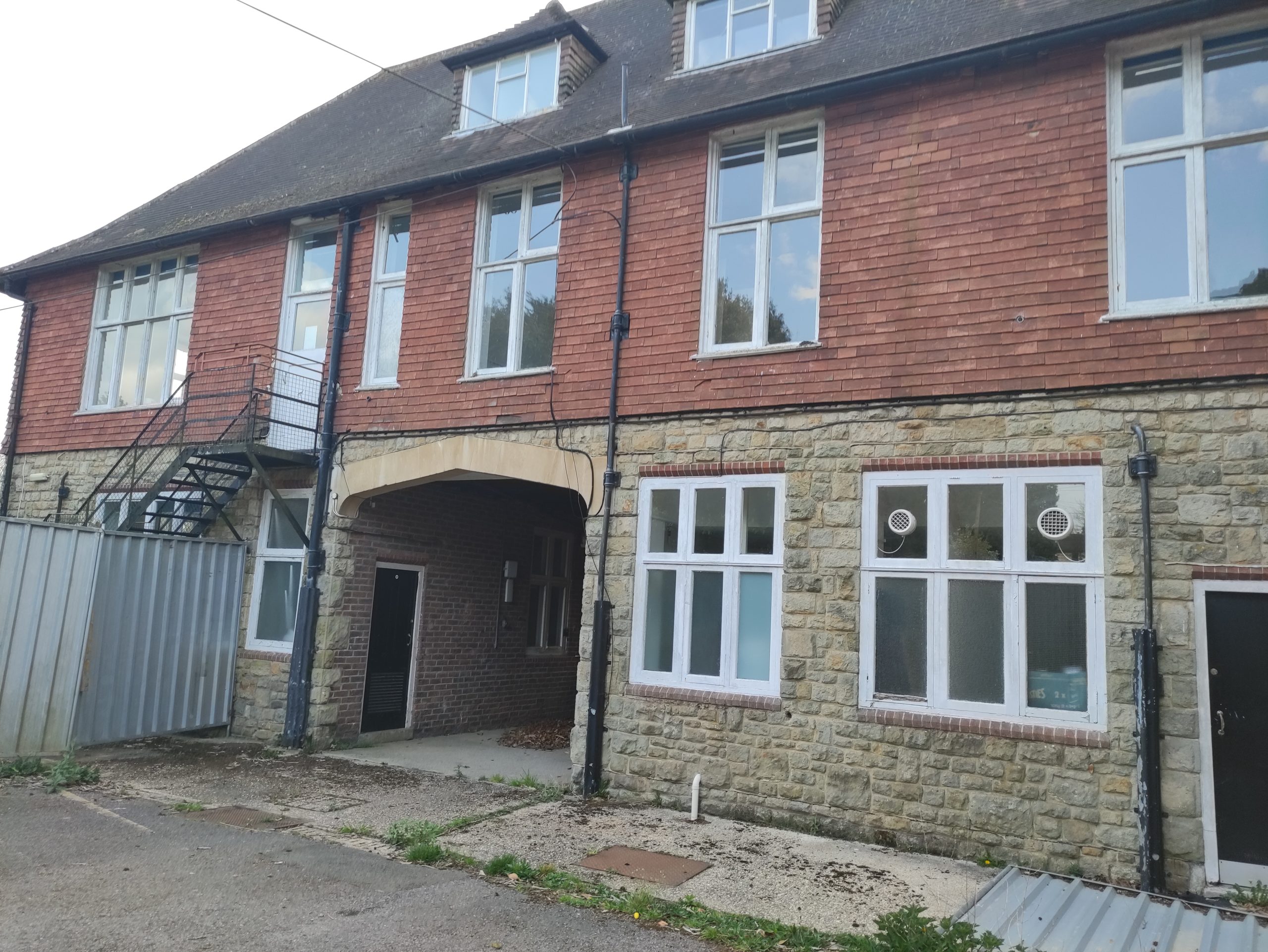

Before being a school
Before 1939, the Grade II listed house was residential. It was built between 1874-76 in the Tudor Revival style. Since the 1800s it has been extended and built upon extensively. From 1939 it has been home to a number of schools.
In 1928 the estate was bought by the wife of the 11th Duke of Bedford. The Duchess was a keen aviator and used the estate as her weekend retreat. In the 1930s a hangar was built and a local field was used as a landing strip. In 1937, the Duchess was tragically killed in a flying accident, the house was sold and never again used solely for residential purposes.

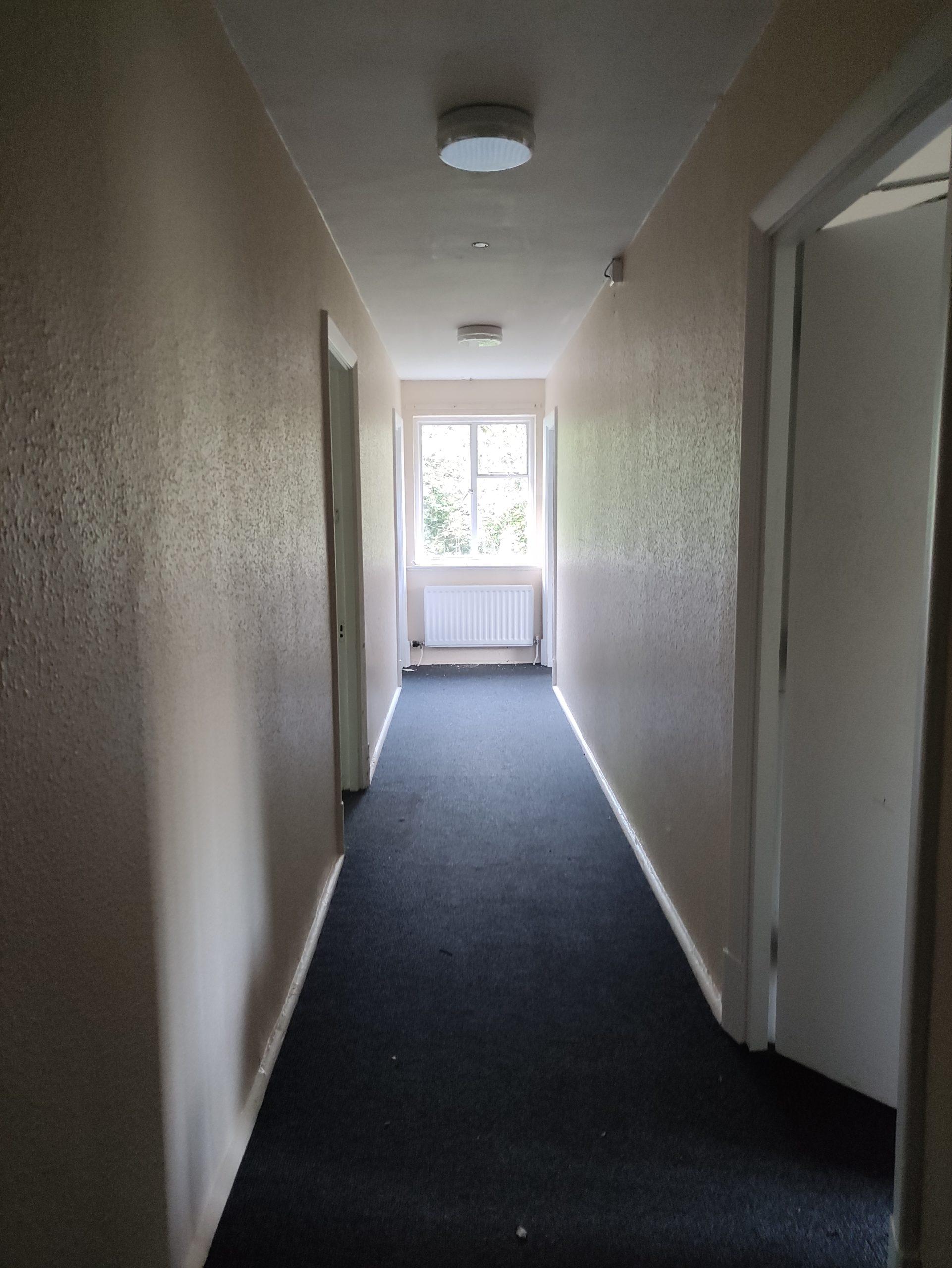
After 1939
In 1947, the site was turned into a girls’ boarding school. It was used for 9 years before the school moved to a large site. Then a mixed-sex boarding special school for 54 pupils took over the space. This closed down in 2004. After this, the house was put up for sale by the local council and a planning application submitted to convert the main house into 7 flats and the rest of the estate to be demolished. At this time the 35 acre site comprised of the main house, a former coach house, farm house, a barn and 4 cottages.
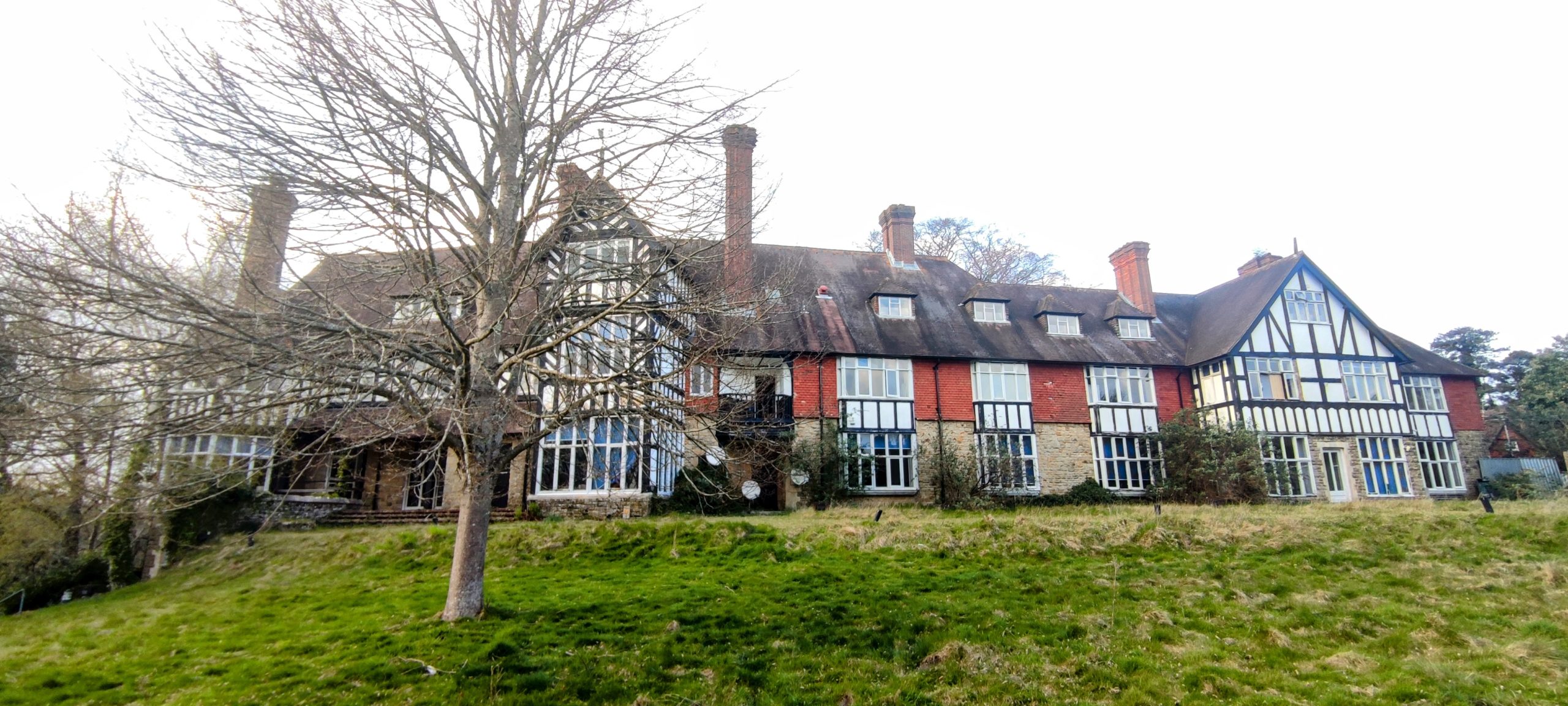
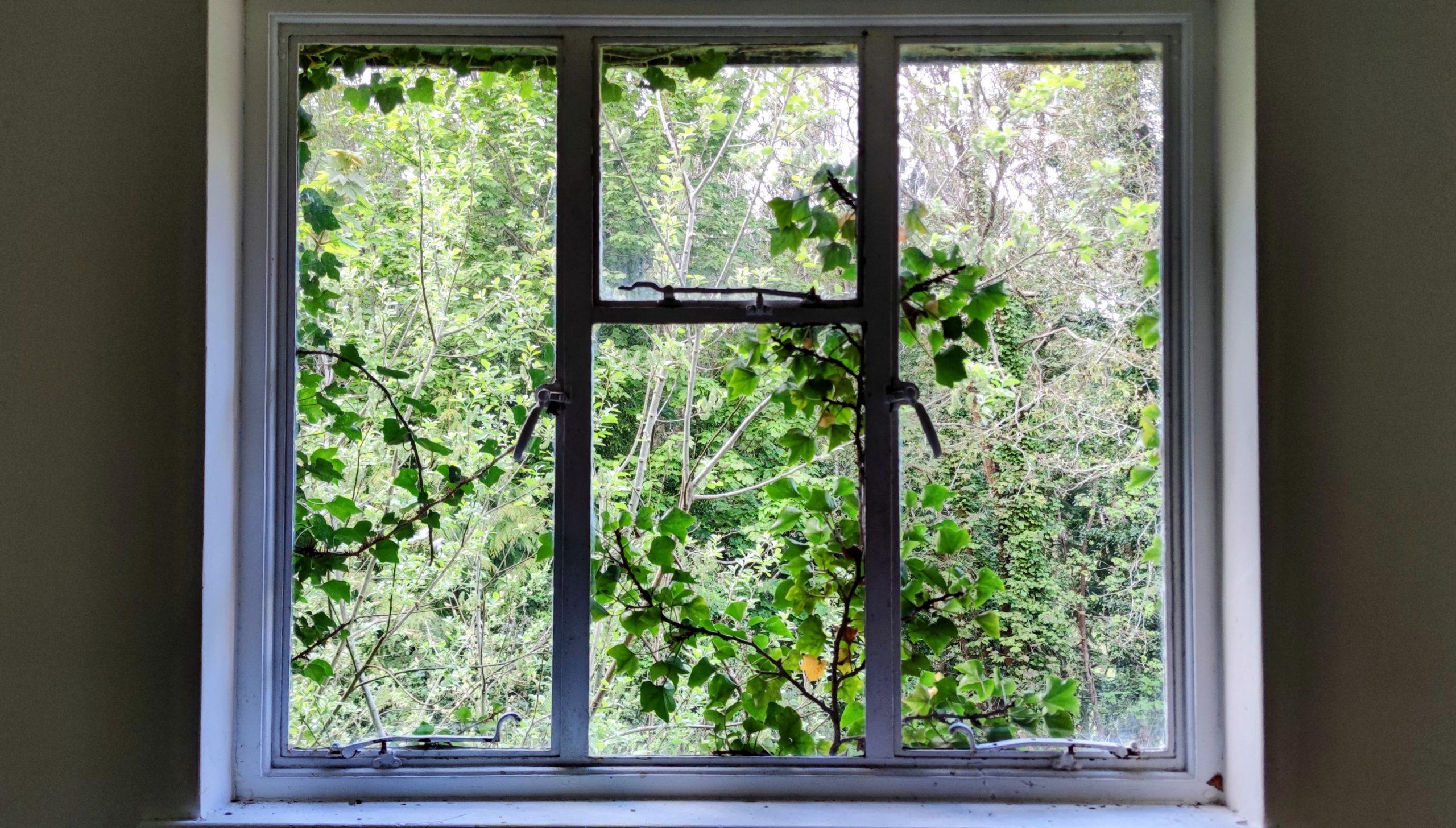
State Funded Eton
The estate lay empty for 6 years until April 2010 when 20 acres of the site was bought by a South London primary school. The primary school was part of a larger Academy trust who had grand plans to use the site as a weekly boarding school for secondary pupils. The idea was praised by Michael Gove, the Secretary of State for Education, at the time. The plan was to give inner-city pupils the opportunity to weekly board in an area of outstanding beauty for free. It was dubbed as the public sector version of elitist boarding schools and meant to give these students the best chance at success.
Controversially, the purchase of the estate was funded by the profits of a leisure centre and student accommodation built on the land of the London primary school. The academic trust that oversaw the primary school had a controversial contractual agreement to pay the school’s former headteacher, and friend of Gove, £850,000 in compensation taken from the profits of the private leisure centre.

The boarding school applied for a £25 million grant from the Government in 2010, outlining plans to develop the site and build sixth form accommodation. In 2011 the Government promised to give the academy just over £17 million. The ambitious plan was to provide weekly boarding for 625 pupils from year 9-13 and to expand to accommodate London students from age 3-18. The majority of these pupils would be from black African and Caribbean backgrounds and half being eligible for free school meals.
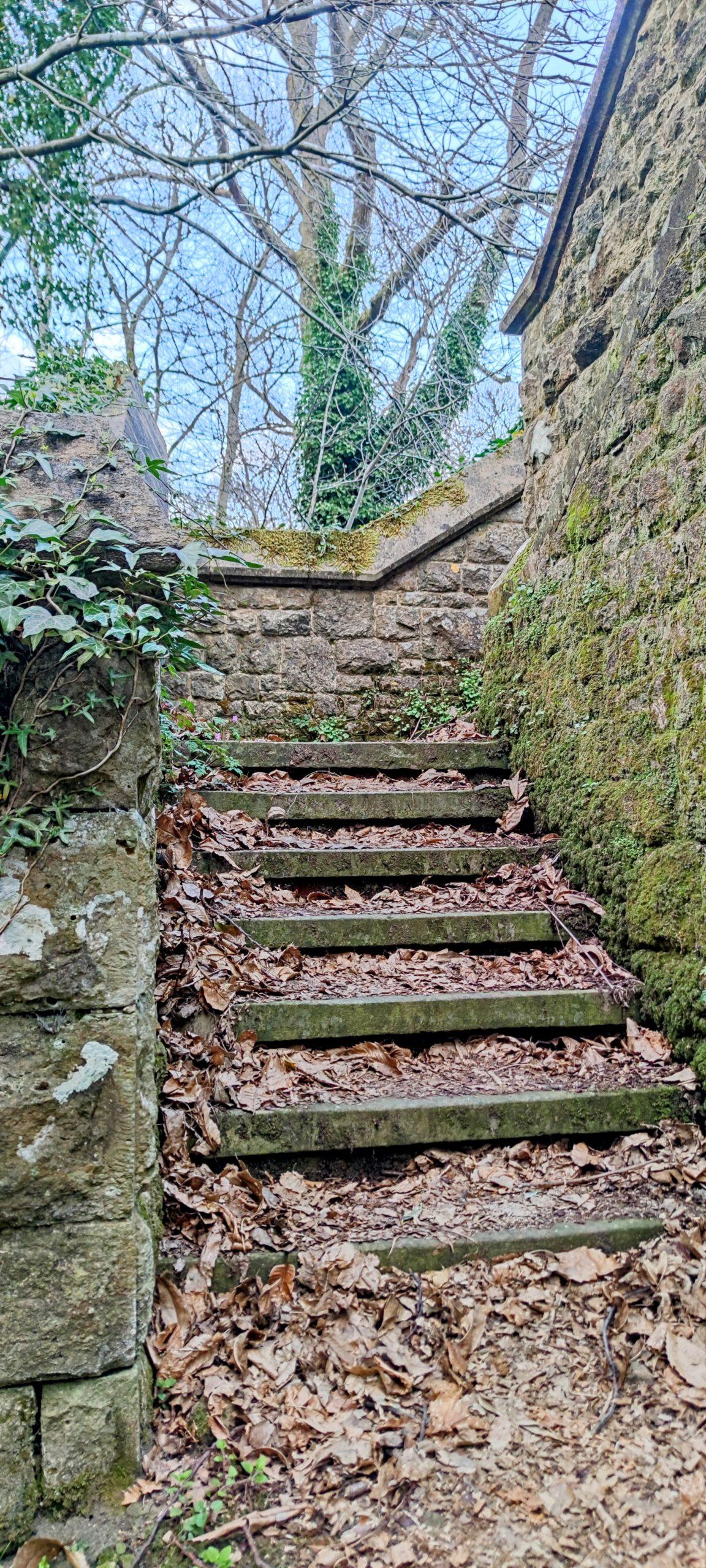
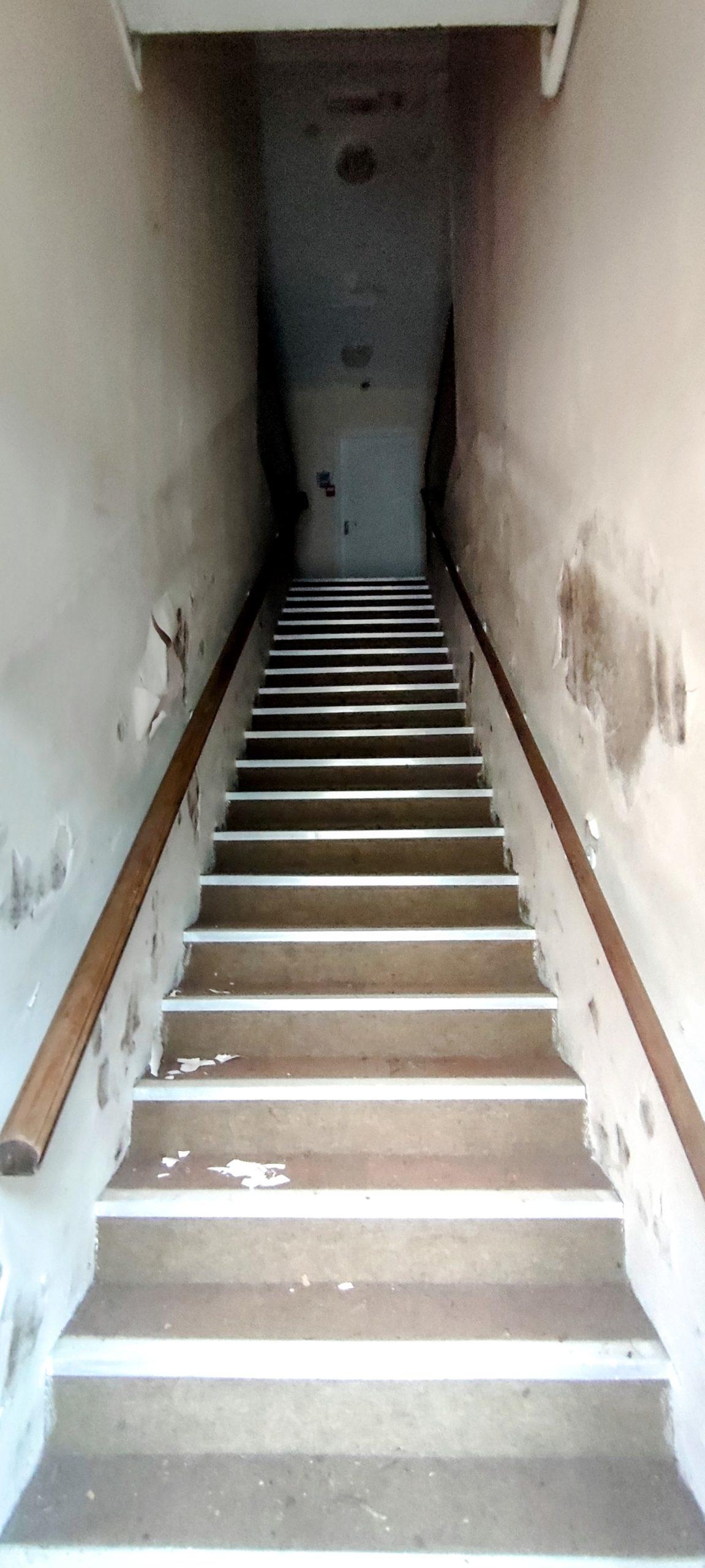
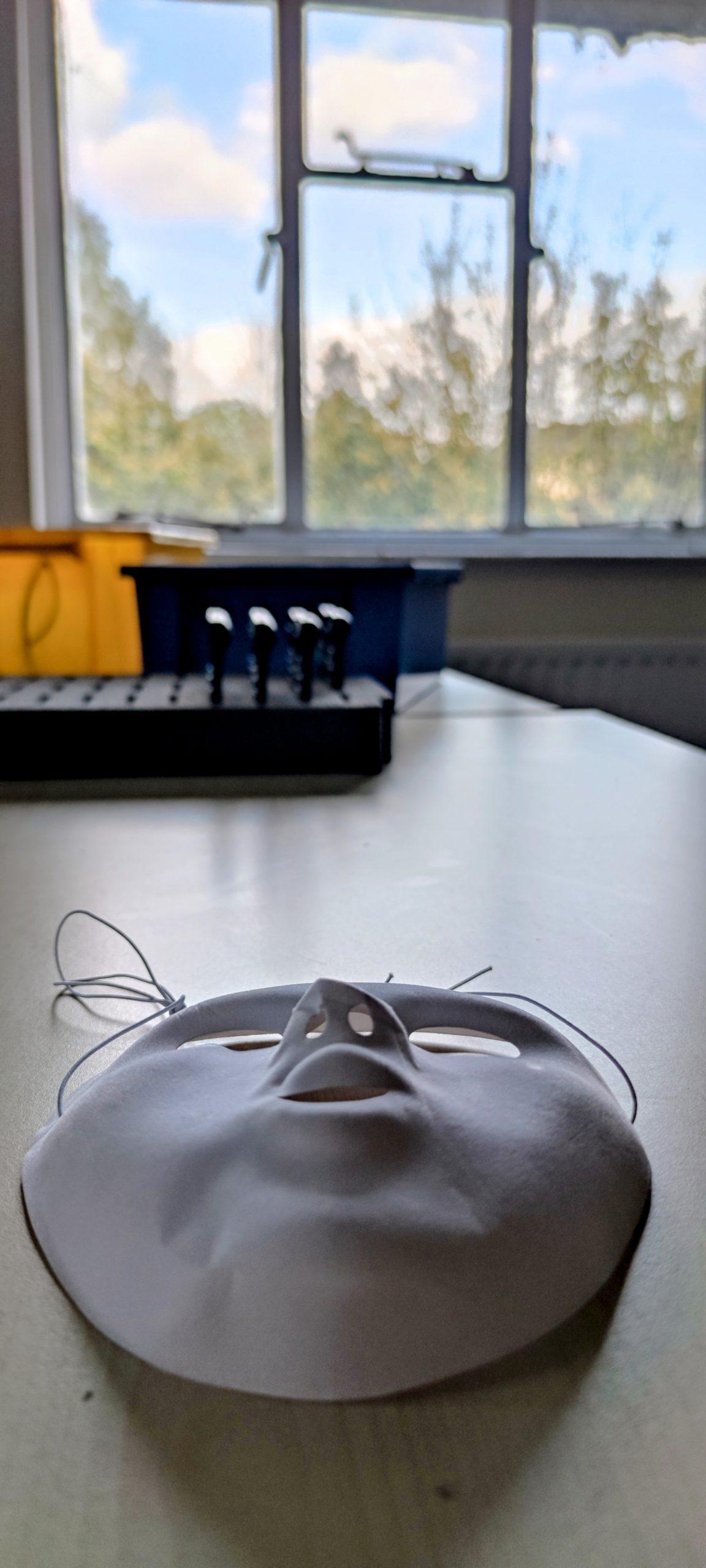
Damning Ofsted report
Planning permission for the expansion of the site was refused multiple times. The school had to adapt their plans and they had only 75 pupils on roll. After a social care inspection conducted by Ofsted in 2015, the boarding school was found to be inadequate in all areas. Ofsted published that the school did not meet the national minimum standards for boarding schools. Reporting that safeguarding records were not robust or detailed, the health and safety policy was not being followed and children were not routinely able to contact their parents in private. The school refuted Ofsted’s findings and conducted a formal complaint against them, suing them for unfair reporting. Shortly after this, the £17 million of promised funding was withdrawn by the government. The Ofsted report was upheld by the Court of Appeal.


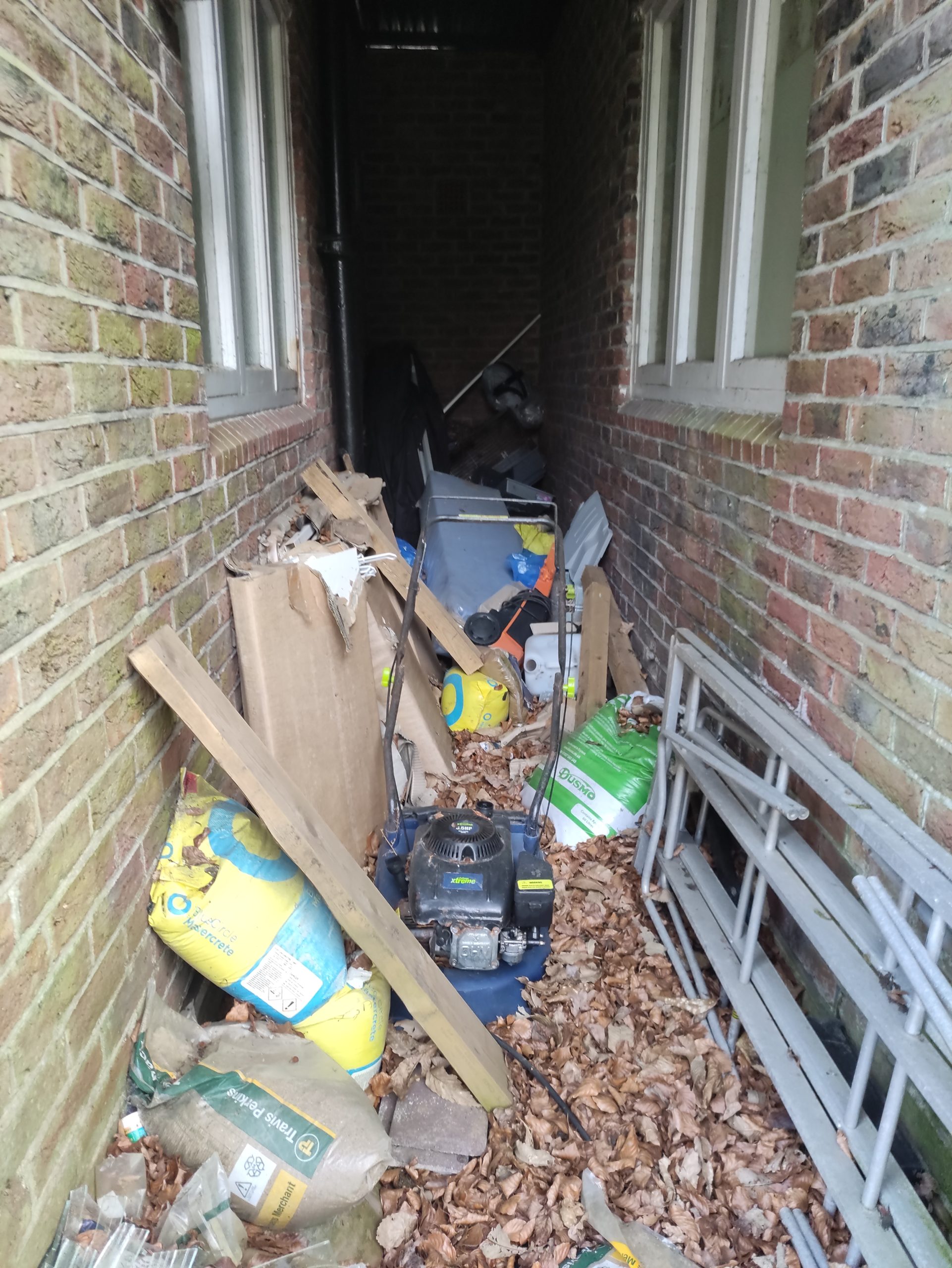
Scrutiny
The Academy trust came under scrutiny by the National Audit Office (NAO) and public accounts committee. There were a number of concerns regarding conflicts of interest and the moving of money between the trust, companies that the governors were involved in and a charity. This charity owned all of the school’s land and buildings which included the boarding school, swimming pool and residential properties on the site of the London primary school.

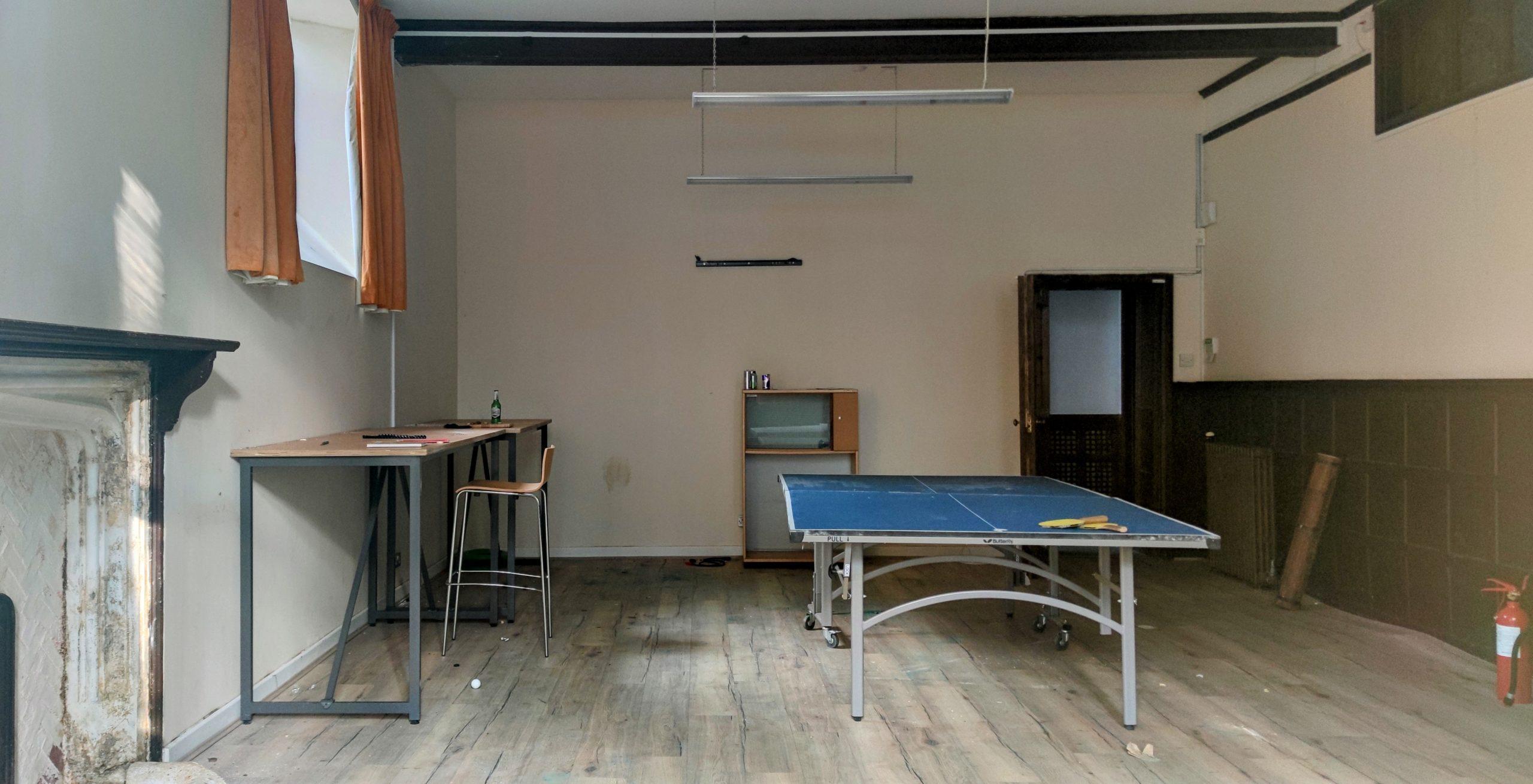
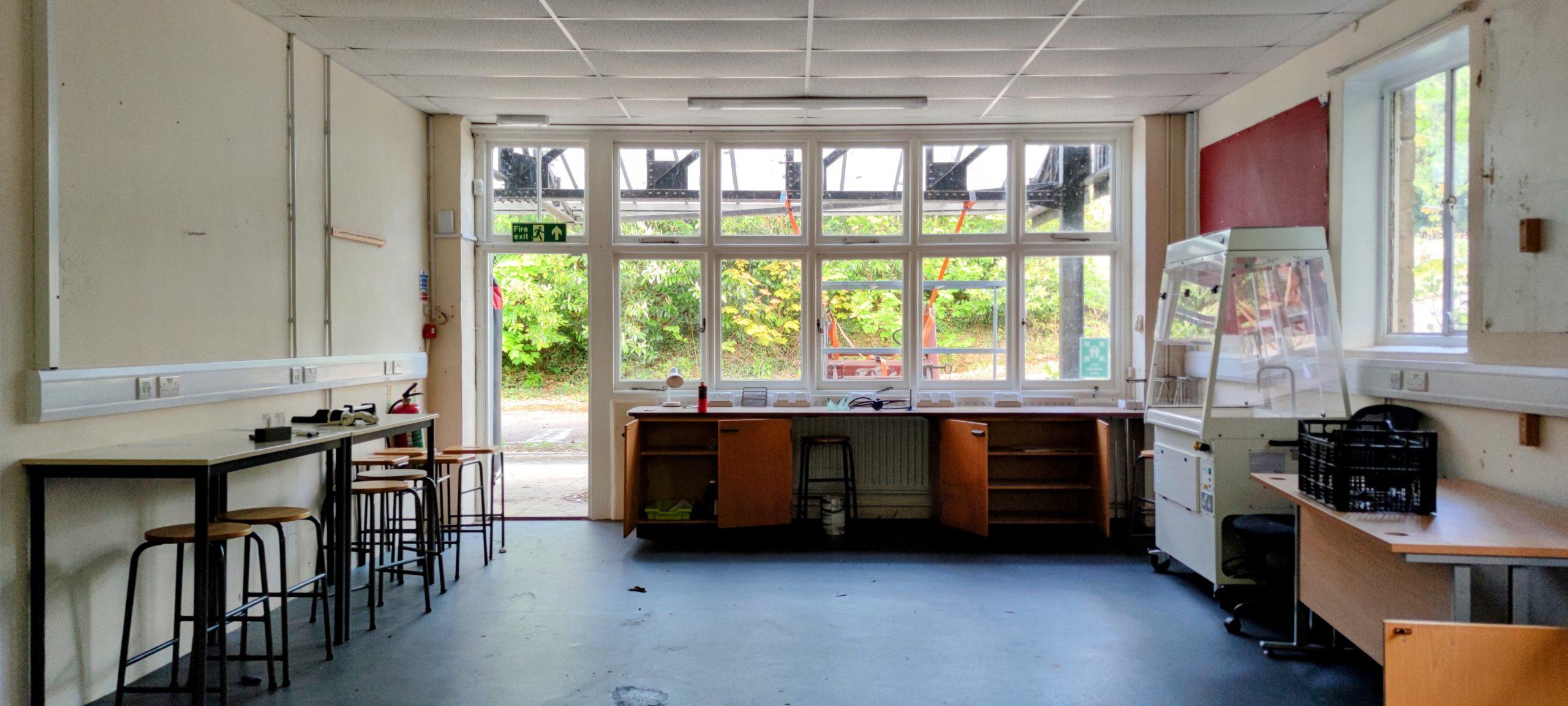
The public accounts committee found out that the ex-headteacher had registered a dating agency from the leisure centre on the London school’s address. He also received £160,000 a year from the private company who ran the leisure centre. This was on top of his headteacher wage and pension package.
After three and a half years and much controversy and debt, the boarding school closed its doors for the last time in 2017. The London school has been renamed and rebranded. The leisure facilities on the London site were handed over to the council in 2020.

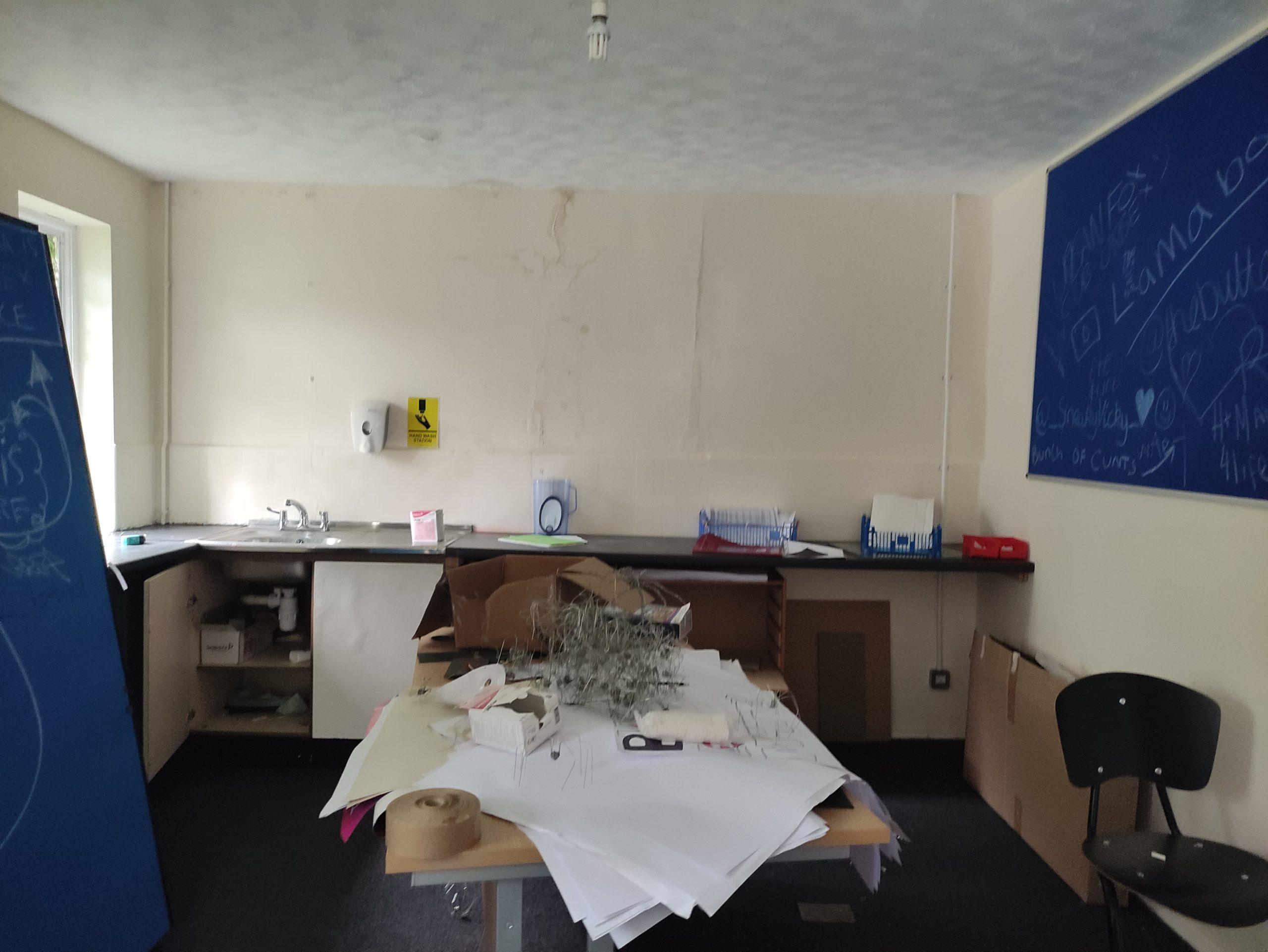
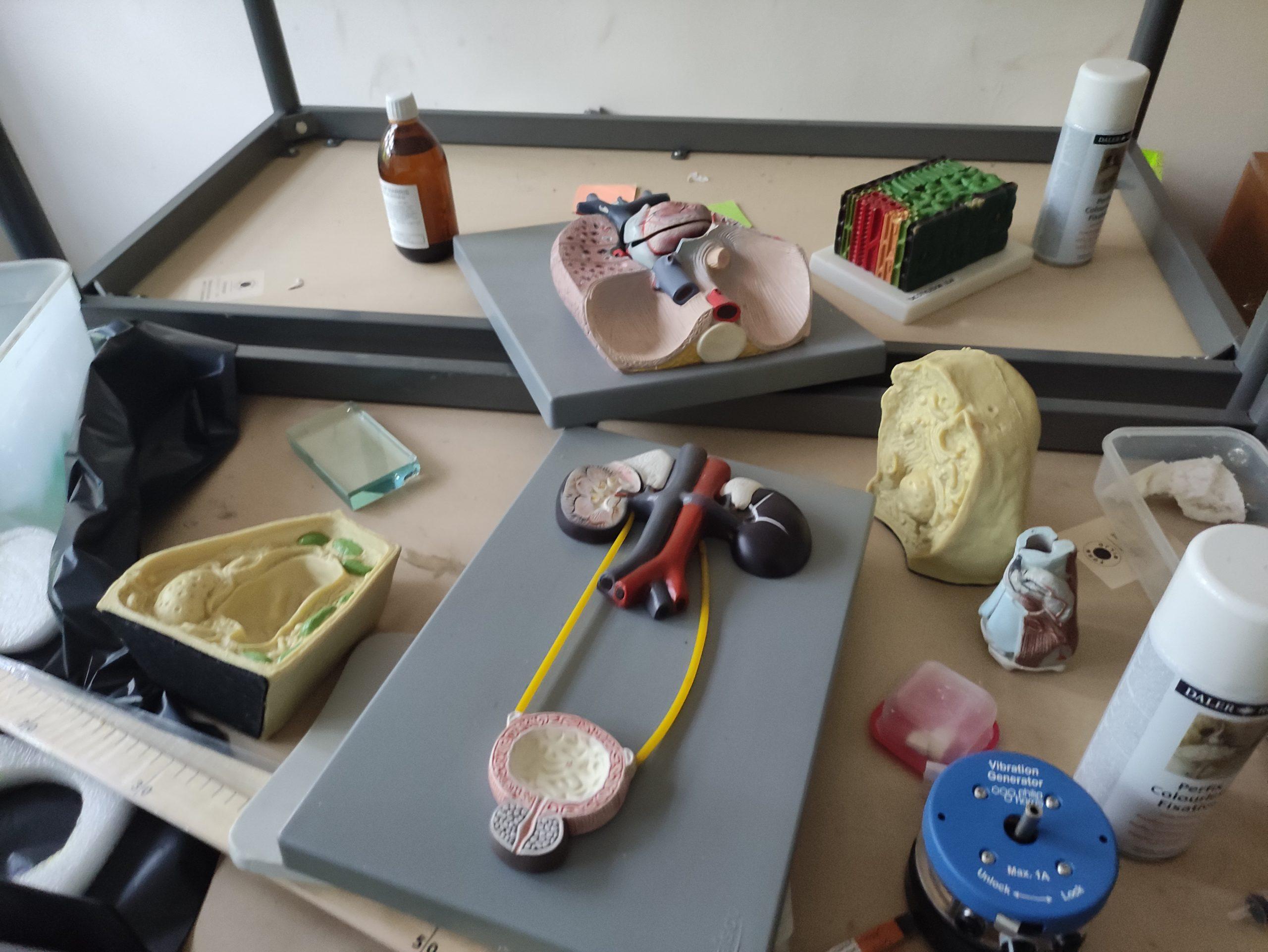
Future
The two cottages on the site were put up for sale for £500,000 each in 2020. The rest of the estate was put on the market for £4 million. Who knows what the future holds for this beautiful site. Personally, I would love to hear that it was turned back into a single residential building. Schools don’t seem to last long here and the reputation of the site might put anyone else off trying to open up a place of education here.
Last Updated on 19 December 2024 by Michael

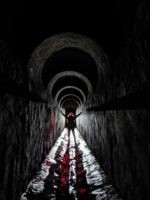


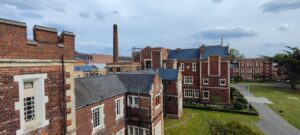
Please add me to your mailing list. Thank you.
Hi Ali, you can enter your email address at the bottom of the page to subscribe 🙂
where is this?
now used for poilce dog training and the owners are turning it into apartments as they are fed up of people getting and trashing the place